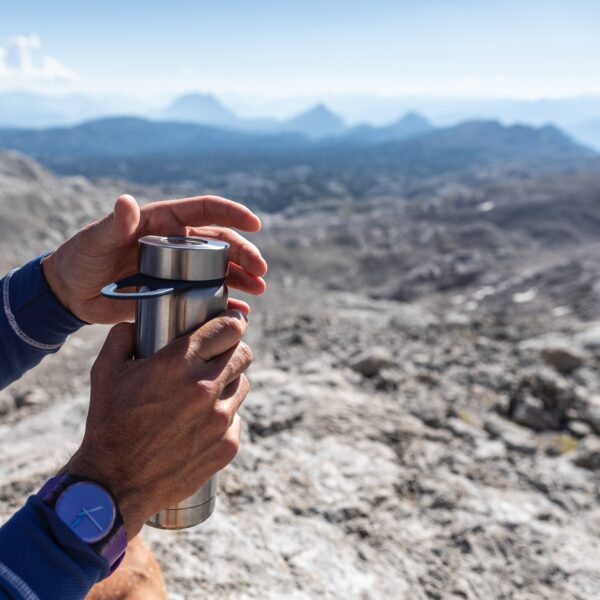When you think about what motivates you to nourish your body and exercise regularly, what springs to mind first? For many of us, it’s all about feeling better physically and mentally.
Something we don’t often think about as a great source of motivation to lead a healthy lifestyle, perhaps because it’s so hidden, is our bone health.
In the later stages of your life, the last thing you want is to be struggling with poor posture, pain and brittle bones that break easily due to osteoporosis. Unfortunately, women are at much greater risk of this disease than men, but there are some things you can do now to help reduce your risk and maintain bone strength!

What is Osteoporosis?
According to the National Institute on Aging, osteoporosis is a disease where bones progressively become weak and brittle until they are at risk of breaking easily from everyday events such as falls, bumps or even coughing. Problem areas include hips, spine and wrists.
Throughout your life, your body has an amazing regenerative process where it constantly breaks down old bone and replaces it with new tissue, but around age 25-30, you hit your peak bone mass and the rate of tissue replacement decreases.
That’s why there is such a focus on building strong bones when you’re young! The stronger your bones are when that rate of tissue replacement starts to decline, the better.
By the time you’re 40 or 50, your body may be breaking down more bone tissue than it is replacing, hence why older people are at a higher risk of osteoporosis.
To help you visualise this change, bone tissue under a microscope looks similar to a honeycomb. Your bones become weaker when the spaces in the “honeycomb” become larger and your bones become thinner.
Osteoporosis is diagnosed by a doctor based on a physical examination, an assessment of your medical history, and a bone density test using a special x-ray.

How can you prevent osteoporosis?
While you can’t influence some risk factors, like your family history, ethnicity and genetics, Mayo Clinic says there are some healthy lifestyle changes you can make to prevent or reduce your risk of osteoporosis.
Maintaining healthy, strong bones throughout your adult years involves a focus on certain nutrients and types of exercise. Because osteoporosis is an irreversible condition, it’s important to make these a priority.
In terms of nutrition, you want to make sure you’re eating foods rich in calcium and getting plenty of vitamin D (which helps increase calcium absorption), either through sunshine or your diet. The recommended daily intake of calcium for women between ages 18-50 is 1,000mg, and then this increases to 1200-1300mg per day for women above 50.
Good sources of calcium:
- Dairy products such as milk, cheese and yoghurt (if you can tolerate lactose)
- Dark green leafy vegetables
- Soy products such as tofu and tempeh
- Fortified products such as bread, juice and cereals (always check the label)
What about calcium supplements?
If you don’t consume a lot of calcium-rich foods or are concerned about your intake, it’s best to see your healthcare professional for a test. Calcium supplements are not something you want to take without professional testing and advice as excess calcium has been linked to kidney stones and may also increase your risk of heart disease.
Good sources of vitamin D:
- Sunshine
- Fatty fish such as salmon
- Fortified products (check the label)
What about vitamin D supplements?
If you don’t get much exposure to the sun or consume many food sources of vitamin D, check with your healthcare professional if a supplement could be right for you.
Bone Health & Exercise
For the optimal balance of training for your bone health, you want to focus on three things – strength training, weight-bearing and balance.
Regular weight-bearing exercise is important for your bone strength and can include brisk walking, jogging, hiking, dancing or climbing stairs.
Strength training is another great way to build and maintain the strength of your bones as well as the muscles around them. If you’re a beginner, bodyweight workouts or pilates is a great place to start, and then you can progress to adding weights when you feel confident.
To improve your balance, which is important for reducing your risk of falls, try incorporating yoga, Pilates or Tai Chi into your routine. For intermediate to advanced fitness levels, you could also try adding some one-legged exercises into your routine like single-leg barbell squats, or single-leg deadlifts, or use unstable equipment like a Bosu ball.


